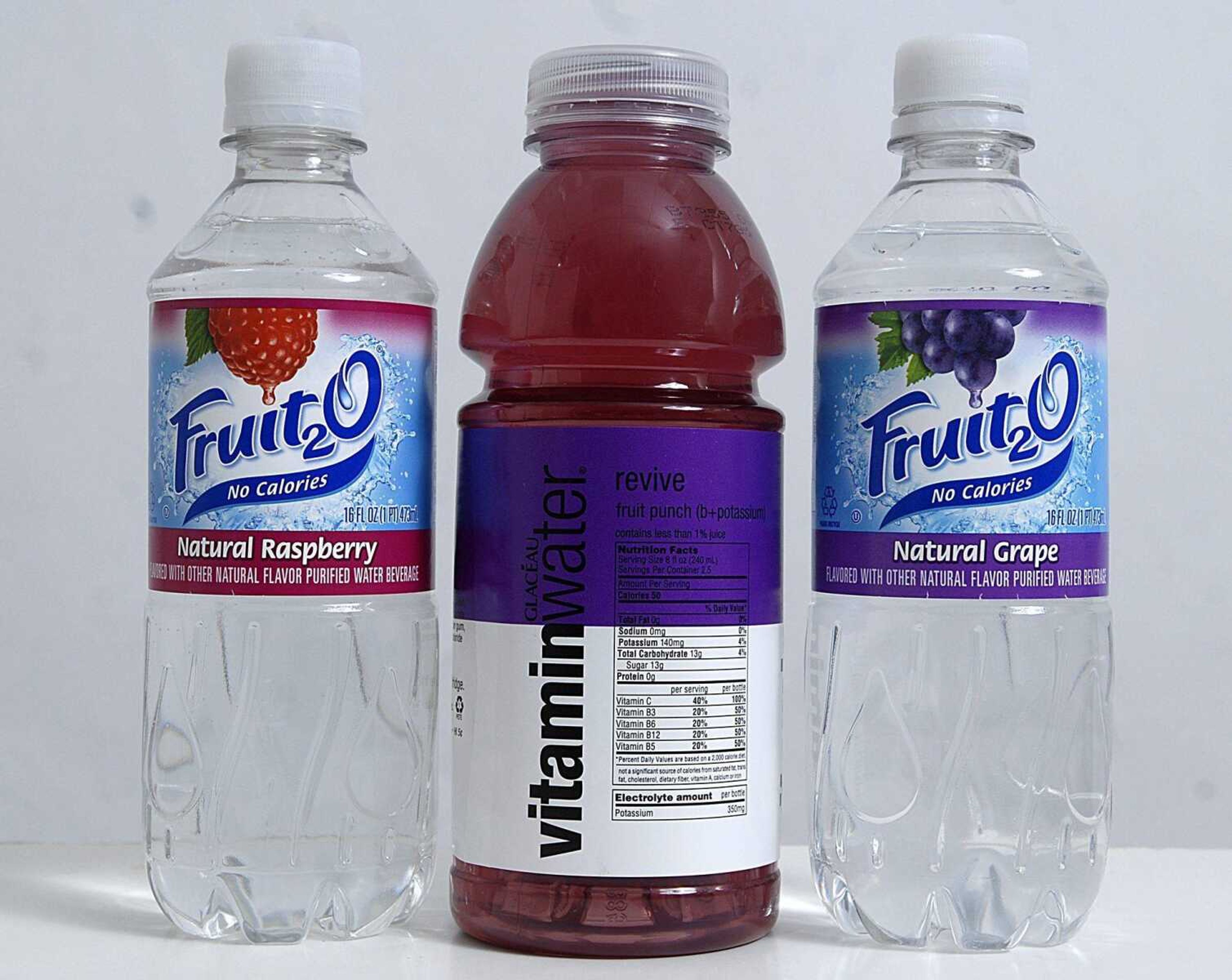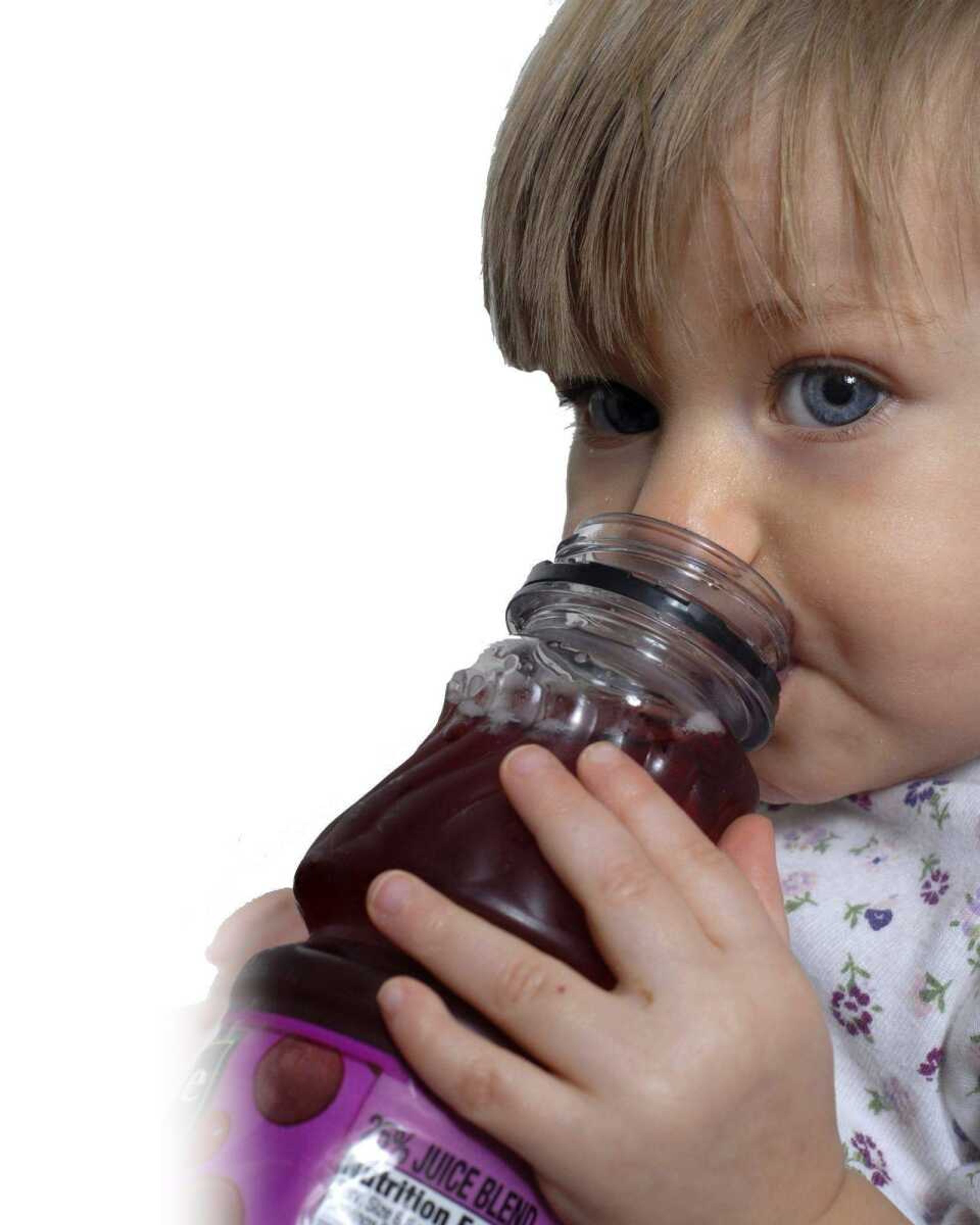Juiced up: Juice drinks provide an easy way to keep children hydrated
Finish your juice. Staying hydrated is important for good health and bodily functions. It regulates body temperature, removes waste, carries nutrients and oxygen to cells, helps convert food to energy and has many other vital functions. But it can be nearly impossible to get children to drink up...
Finish your juice.
Staying hydrated is important for good health and bodily functions. It regulates body temperature, removes waste, carries nutrients and oxygen to cells, helps convert food to energy and has many other vital functions. But it can be nearly impossible to get children to drink up.
Juices may be the answer.
It's a jungle down that juice aisle with hundreds of different drink options. Juice had a bad rap for several years due to higher calorie counts from the natural sugars found in fruit, but recent research has found no link between juice drinkers and childhood obesity. However, that doesn't mean it's a juice-drinking free-for-all for children. Parents should follow daily intake levels recommended by the experts.
The American Dietetic Association says consumers should carefully check labels to be sure the juice is 100 percent real fruit juice. If it is, it can be considered part of your recommended daily fruit allowance.

"Any fruit or 100 percent fruit juice counts as part of the fruit group," according to the USDA's MyPyramid Food Guidance System.
HealthPoint dietitian Raina Childers said to take caution when giving children cups of juice. Many times a half cup is the serving size, which can leave kids wanting more.
"They can get their nutrition in half a cup," she said, "but that won't be enough for them as far as being thirsty."
The hydration needs of children vary by the age and level of activity, but Childers said there is a color-coded way to tell how hydrated a person is.
"We need to look at our pee," she said. "Urine should be that straw yellow color."
Dark yellow means it's too concentrated and the person is dehydrated. Too clear might mean overhydration, but Childers said that is rare and clear urine usually just comes immediately after large amounts of water are ingested.
She said the fluids that count for hydration are water -- the most highly absorbed liquid -- juices and sports drinks, milk and, in extreme cases, soda can be counted.
"The body will accept it as hydration," she said, but the empty calories aren't beneficial.
Teresa Pagano said her 1-year-old daughter Tyra West drinks apple juice most often, but she really likes carrot juice.
"She loves it. I don't know why," Pagano said. "She does drink a lot of water, too."
Pagano said she tends to mix the juices she gives Tyra part for part with water because "from what I've seen, too much juice will make them poop a lot."
Flavored waters now line the shelves among fruit juices and fruit-flavored drinks, providing yet another drink option.
Spending money on water may seem a bit absurd, especially considering flavored waters can run a few dimes more than regular. Childers said she also mixes fruit juice and water for her 4- and 8-year-olds.
Research has shown, she said, that children are 50 percent more likely to drink something if it's flavored. She also recommended serving the drinks at slightly warmer than room temperature because it's easier to absorb.
charris@semissourian.com
335-6611, extension 246
---
Daily requirements by age
Different ages require different amounts of fluid per day.
- Ages 1 to 3: 5.5 cups of total fluid
- Ages 4 to 8: 7.5 cups
- Ages 9 to 13 boys: 10.5 cups, girls: 9 cups
- Ages 14 to 18 boys: 14 cups, girls: 10 cups
National Academy of Sciences listing of general needs. Amounts can change depending on the child's level of activity.
Connect with the Southeast Missourian Newsroom:
For corrections to this story or other insights for the editor, click here. To submit a letter to the editor, click here. To learn about the Southeast Missourian’s AI Policy, click here.










